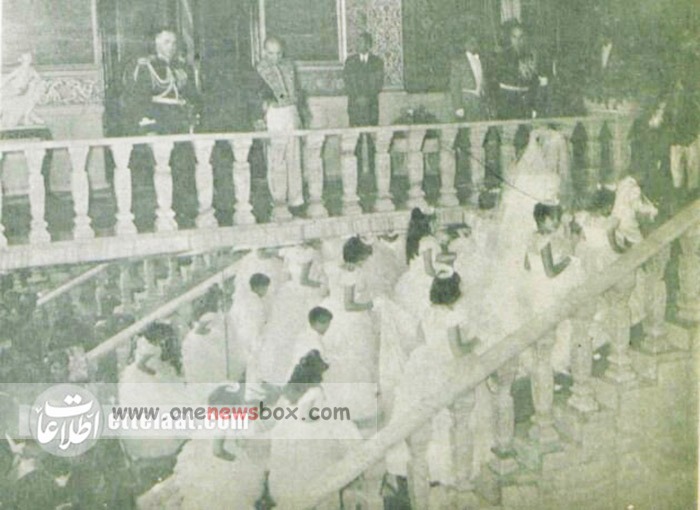The Queen’s public image was carefully curated to reflect the Shah’s vision for Iran, which involved the modernization of the country through large-scale infrastructure projects, industrialization, and social reforms. Farah, as the consort of the Shah, became a visible part of this effort. She was often portrayed as a cultured, educated, and elegant figure, poised to represent not only the monarchy but also the growing influence of women in Iranian society. Yet, despite her role as a figurehead for modernity, Farah’s life was still firmly tied to the traditional expectations of her role as a mother.
The Weight of Motherhood
Farah’s first pregnancy, which occurred shortly after her marriage, was eagerly anticipated not just by the royal family but by the entire country. The Iranian people, many of whom revered the monarchy, saw the birth of a male heir as a sign of continued stability and strength for the Pahlavi dynasty. The pressures on Farah during this period were immense. The failure of the Shah’s previous marriages to produce a son had already cast a shadow over his reign, and it was widely known that the dissolution of his marriage to Queen Soraya had been attributed to her infertility. As a result, the Iranian royal court and the international community watched closely, waiting to see if Farah could succeed where the Shah’s previous wives had failed.

